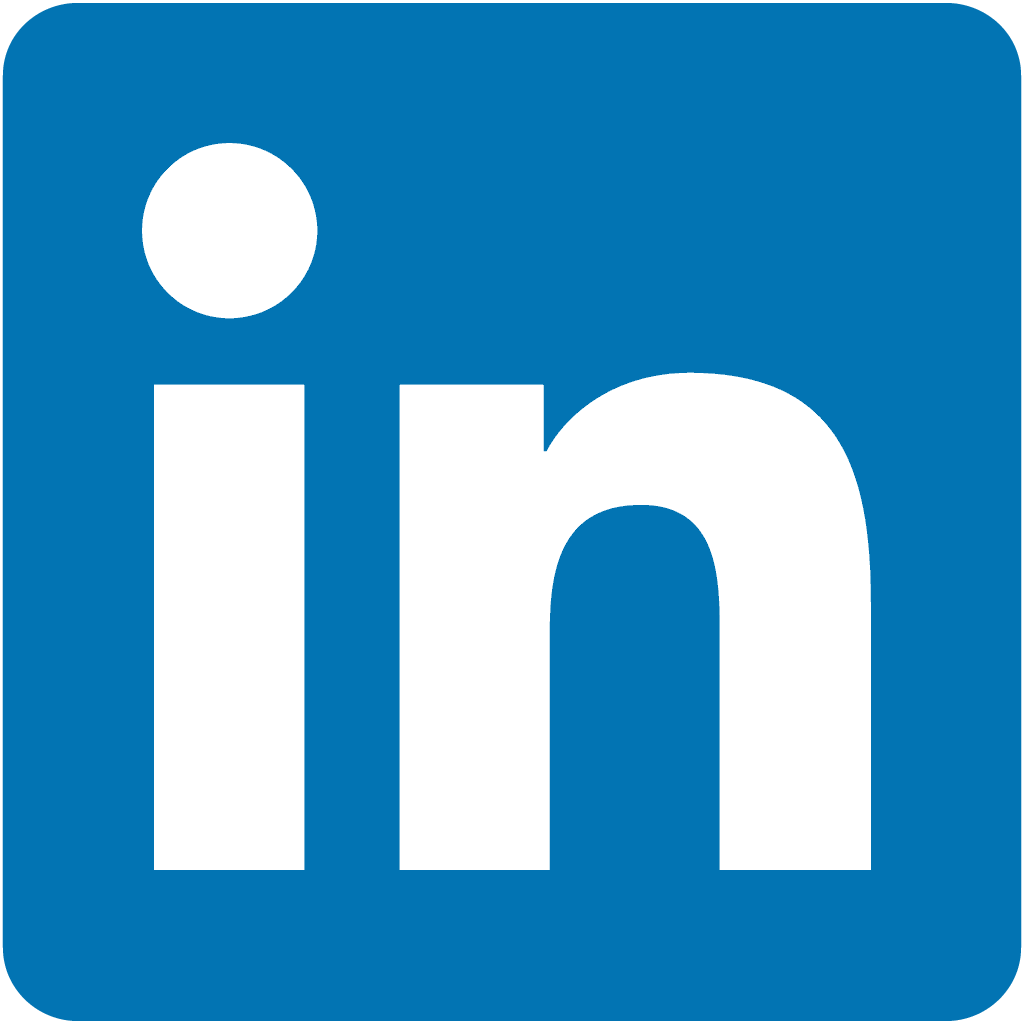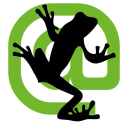On Starting An Enterprise AI Platform
I am Rajeev Dutt, founder, and CEO of AI Dynamics, a startup from the Pacific Northwest focusing on machine learning, particularly in the biotechnology and manufacturing sector.
Our core product is the NeoPulse Platform, something that we refer to as an operating system for machine learning that enables enterprises to build AI solutions from inception to deployment and management. We enable enterprises to create and deploy AI solutions in weeks rather than months. One other thing - we have a great auto ML solution that truly democratizes AI.
It is exciting to see the growth of our business and the evolution of our product. Our product has already demonstrated impressive achievements. We have been able to achieve 97% accuracy in diagnosing COVID from lung X-Rays - beating the previous records, we can achieve over 88% accuracy in diagnosing tuberculosis from blood assays, and in a genetics AI project for a large biotechnology/pharmaceutical company, we were able to surpass even Novartis.

Download the report and join our email newsletter packed with business ideas and money-making opportunities, backed by real-life case studies.

Download the report and join our email newsletter packed with business ideas and money-making opportunities, backed by real-life case studies.

Download the report and join our email newsletter packed with business ideas and money-making opportunities, backed by real-life case studies.

Download the report and join our email newsletter packed with business ideas and money-making opportunities, backed by real-life case studies.

Download the report and join our email newsletter packed with business ideas and money-making opportunities, backed by real-life case studies.

Download the report and join our email newsletter packed with business ideas and money-making opportunities, backed by real-life case studies.

Download the report and join our email newsletter packed with business ideas and money-making opportunities, backed by real-life case studies.

Download the report and join our email newsletter packed with business ideas and money-making opportunities, backed by real-life case studies.
































